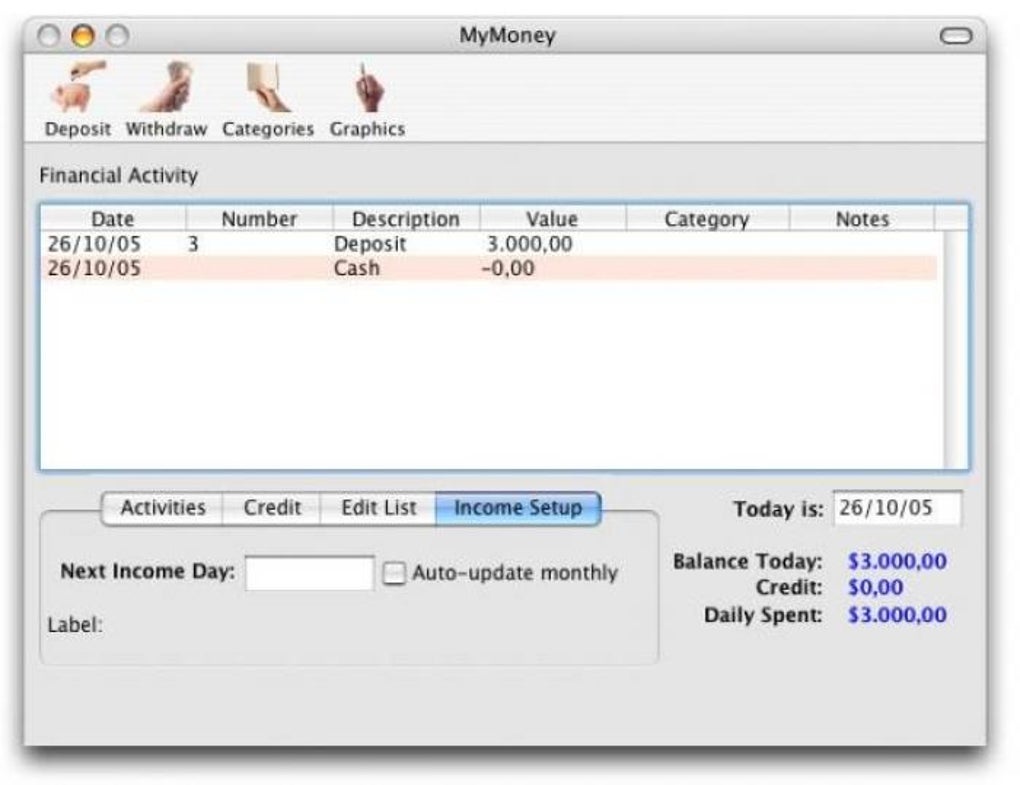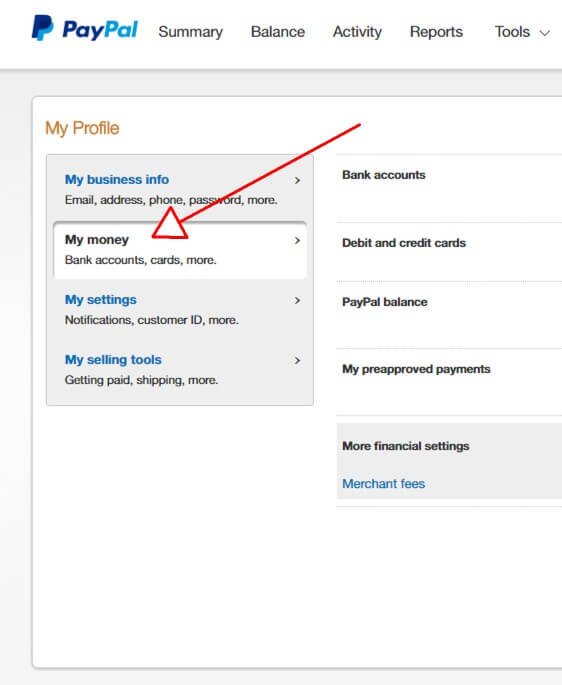
Importers who have to pay in dollars adjusted their prices, and the predictable thing happened: as the lira fell, the prices of all imported goods went up. In March 2021, it reached a new low point: 15,000 lira to the dollar.

The political uncertainty that has prevailed since then further fueled the dollar shortage and is driving up prices on the black market. On 17 October, tens of thousands of Lebanese took to the streets to demonstrate against their corrupt and, in their eyes, incompetent government. When parliament decided a few days later to tap new capital with a tax on WhatsApp, the fuse reached the powder keg. To the people’s anger, the government could not extinguish the wildfires that blazed in the mountains in October 2019 because the firefighting plane was not maintained for lack of money and was thus unable to fly. Ironically, it was the revolution that caused Salameh’s lira bubble to burst. The latter reinvested the interest right back, and thus the game went on and on – a massive Ponzi scheme on state level. But instead of making the country more productive and thereby supporting the peg, the central bank used the deposited dollars to serve the high interest rates it promised the banks. This key interest rate caused the banks to withdraw their investors› dollars from investments in the private sector, as well as grabbing more dollar deposits from Lebanese savers through attractive interest rates, and to channel all these dollars to the central bank. For years, the central bank granted high interest rates on US dollar deposits of Lebanese commercial banks. Salameh merely had one problem in linking the weak lira to the strong dollar: To remove surplus lira from the market, large dollar reserves are necessary. It was also him who warned banks against international investments before the global crisis of 2008, bringing Lebanon through that depression relatively unscathed. In his 28 years as head of the central bank, he instigated the pegging of the lira to the dollar in the late 1990s to facilitate trade for the country, which imports 80 percent of its goods. A man whose face is now a red rag for many Lebanese and whose head is called for on countless graffiti in the country: Riad Salameh, the governor of the Banque du Liban, the Central Bank of Lebanon. Responsible for this bonanza was a man who has been described by some as a financial magician and was awarded several times as one of the best central bankers. His girlfriend Vera, a copywriter in advertising, was making 1.2 million liras a month at the time, the equivalent of 800 US dollars – a lower average income, not a bad starting salary. His account balance just before the crisis: 21 990 US dollars. This was the case with my good friend Raphael, who started working at a European embassy in Beirut a few years before the collapse. People confidently handed over their savings to the banks, earning an average of about 6 per cent in interest, sometimes up to 14 per cent. Which currency you paid in was not a subject of discussion, since you could always exchange 1500 lira for one dollar and vice versa. It was not uncommon to receive change as a cocktail of lira and dollar. Both currencies were used simultaneously. The Lebanese pound – or the lira, as it is called here in Lebanon – was pegged to the US dollar. Why would they? It was before the collapse: the economy was functioning, people were doing well. When I first came to Lebanon for an exchange semester in 2017, no one was burning tyres yet. Meanwhile, more than 55 percent of the population lives below the poverty line and has trouble finding even the most necessary products for a simple life. In many places the tap water is poisoned and the electricity is cut off for hours several times a day.

They exploited the country, impoverished the Lebanese and let the infrastructure decay. When the civil war ended 30 years ago, the militias and warlords saw the opportunity to enrich themselves and their clans by rebuilding the state. And politicians who prefer to serve themselves rather than the people. The huge explosion in the port has neither been forgotten nor completely cleared up, but the rest of Lebanon’s problems surface again: Corruption and nepotism. The smoke comes from the Thawaar, the revolutionaries, who burn old tyres in the streets to express their anger.

Six months after the pink cloud of smoke – 2750 tonnes of ammonium nitrate exploded in the city’s port on 4 August 2020 – black smoke is now rising into the sky over Beirut.


 0 kommentar(er)
0 kommentar(er)
